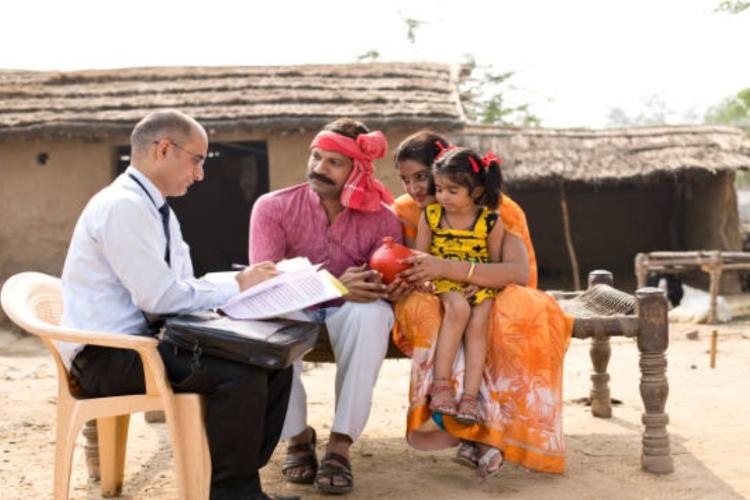Jan Dhan Yojana: For a country marked by sharp income disparities, the importance of financial inclusion cannot be overstated. The Pradhan Mantri Jan Dhan Yojana, launched on August 28, 2014, was a decisive step in that direction. Yet, more than a decade later, the scheme remains a work in progress.
In April this year, public-sector banks closed about 1.5 million inoperative zero-balance accounts under PMJDY as a one-time measure. The clean-up was meant to weed out duplicates and non-functional accounts, and it marked a shift: the scheme has moved from the expansion phase of 2014–2018, when the focus was on coverage, to a consolidation phase where usage and quality matter more than headline numbers.
READ | Extreme heat costs mount as India delays counting losses
A landmark initiative
PMJDY’s original ambition was simple yet transformative: to give every household access to banking services and thereby enable growth, reduce poverty, and promote social equity. Before its launch, only 59% of households and 35% of adults had bank accounts. Today, nearly every household is part of the formal banking system, and more than 90% of adults have accounts. The scheme helped weaken informal credit systems that had trapped the poor in debt cycles.
Its emphasis on gender inclusion has also been notable. During demonetisation in 2016 and again during the Covid-19 crisis, Jan Dhan accounts became crucial conduits for delivering financial support, especially to women. The creation of a banking presence in 99.9% of inhabited villages through branches, business correspondents, and India Post outlets has expanded access to insurance and social security schemes. Digital payments have also found a wider base, aided by Jan Dhan-linked accounts.
Persistent weaknesses
Despite these gains, the numbers mask deeper weaknesses. As of July, out of 560.3 million Jan Dhan accounts, 130.4 million—or nearly 23%—were inactive. Uttar Pradesh alone accounted for 27.5 million inactive accounts, followed by Bihar with 13.9 million and Madhya Pradesh with 10.7 million. A World Bank report, Global Findex 2025, confirmed that over a third of Indian bank account holders do not actively use their accounts, with Jan Dhan contributing heavily to this dormancy.
The limitations go beyond inactivity. Many accounts show negligible balances and offer little by way of savings mobilisation. Access to microcredit through Jan Dhan remains minimal, while linkages to insurance and pensions are inconsistent, with low enrolments and high dropout rates. For a large section of the poor, Jan Dhan accounts function less as vehicles of financial planning and more as temporary channels for government transfers.
Structural barriers persist. Rural areas continue to face patchy connectivity, inadequate access to banking correspondents, and weak grievance redressal systems. Digital and financial literacy remains low, especially among women, who also suffer from lower mobile ownership and reliance on male family members for transactions. In many cases, accounts were opened under pressure to meet targets, without building the banking habit. The result is inclusion that is more symbolic than substantive.
Jan Dhan Yojana: The real test ahead
PMJDY is now in its 12th year. Its true test lies not in the number of accounts created but in their meaningful use: how much is being saved, how often transactions are made, and how many households are able to access credit, insurance, or pensions through them. By these measures, India’s financial inclusion journey still has a long way to go.
For the scheme to evolve into a genuine empowerment tool, three priorities stand out. First, the government must create incentives for savings and regular usage, perhaps through small interest bonuses or targeted credit linkages. Second, the linkage between Jan Dhan accounts and microcredit, pensions, and insurance must be strengthened, with banks and insurers made accountable for delivery. Third, last-mile barriers need to be reduced by investing in digital infrastructure, expanding the network of banking correspondents, and promoting financial literacy programmes, especially for women and migrant workers.
Without such reforms, the risk is that Jan Dhan will remain a story of impressive access but shallow impact. The challenge for policymakers is to convert symbolic inclusion into substantive empowerment, ensuring that the world’s largest financial inclusion programme also becomes one of its most effective.

